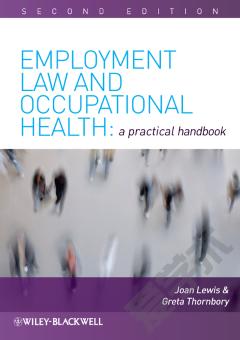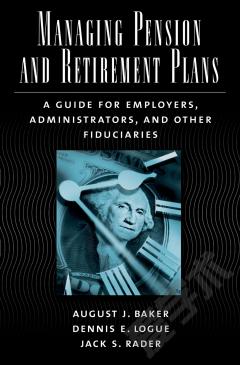Employment Law —— A Guide to Hiring, Managing, and Firing for Employers and Employees
----- 雇佣法:雇主和雇员的雇用,管理和解雇指南
Employment Law: A Guide to Hiring, Managing, and Firing for Employers and Employees, Fourth Edition is a practical text for undergraduate, graduate, and paralegal employment law, human resources, and business school courses. This unique book approaches each area from the perspective of both employees and employers. The balanced approach is organized to track the employer-employee relationship focusing on day-to-day hiring, managing, and firing practices. After an overview of discrimination laws and a discussion of different types of employment relationships the text moves chronologically from the recruitment of candidates through all aspects of employment to the conclusion of the employment relationship. Each chapter begins with clear chapter objectives. A list of key terms ends the chapter followed by basic questions to ensure students master the key concepts and fact patterns, which test students ability to apply the concepts to workplace matters. These fact-based scenarios promote critical thinking and develop analytical skills. New to the Fourth Edition: New coverage of the balancing of employer and employee interests in regard to political expression and social media use Expanded discussion of employer and employee rights with respect to medical marijuana Focus on the heightened attention paid to policies related to workplace romances due to the #MeToo movement Enhancement of the materials related to the prohibition of sex discrimination and compensation discrimination materials, including the comparing and contrasting of employee rights under Title VII and the Equal Pay Act Introduction of Check it out! —a teaching tool based on real-life scenarios. These sidebars raise thought-provoking questions designed to initiate both legal and policy discussions and reinforce legal concepts and stakeholder considerations. Professors and students will benefit from: Materials are chronologically organized and track the employer–employee relationship. Complicated information is presented in a clear and concise manner. Guidance from the very agencies that are ultimately responsible for the laws that regulate the employment relationship is included. Tackling of serious workplace matters is paired appropriately with the injection of humor to increase the attention of students and the likelihood that they retain the knowledge related to key concepts. Students who work in human resources, employment law are provided with sample forms, enforcement guidance, and workplace posters that they need to know. Practical information within the context of interviewing provides students with a wealth of information and issues that help them frame interview questions that are legally compliant. References to the most significant legal cases, as well as some lesser-known cases represent common themes. End-of-chapter questions ensure students master key concepts. Numerous fact patterns test whether students not only understand these concepts but also can apply them to workplace matters. These fact-based scenarios promote critical thinking and develop analytical skills so that the knowledge can be used by students. Key terms appear in the margins where a term is first introduced and in the glossary at the end of the book. This comprehensive glossary of key terms provides students with an additional opportunity to review important terms.
{{comment.content}}








 京公网安备 11010802027623号
京公网安备 11010802027623号